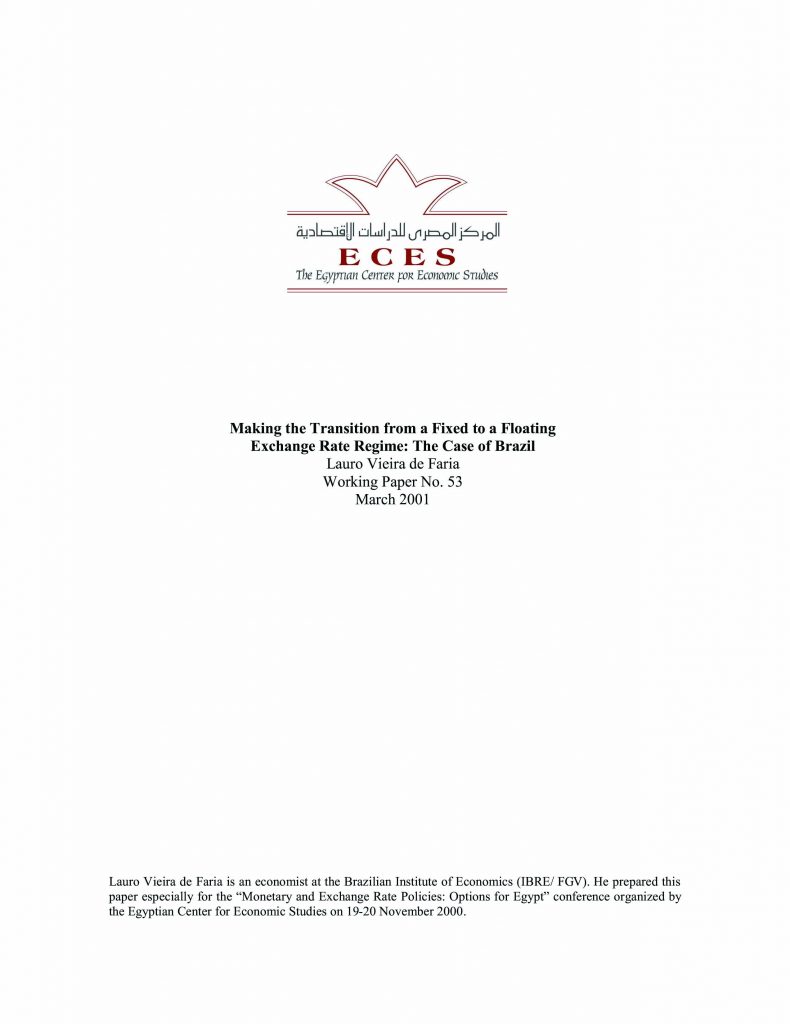Abstract:
This paper evaluates macroeconomic management in Brazil from 1992 to the present, with a particular focus on exchange rate policy. It points out that while Brazil’s Real Plan succeeded in halting the hyperinflation that had reached more than 2000 percent in 1993, it also caused a significant real appreciation of the exchange rate – a situation that was only made worse by the extremely high interest rates and ensuing bout of severe financial crises in the international arena. By the end of 1998, the accumulation of internal and external imbalances led the authorities to drop foreign exchange controls and allow the currency to float. In spite of some initial skepticism, the flexible rate regime cum inflation target proved to work well. Inflation was kept under control; the current account position improved significantly, real interest rates fell and GDP growth resumed.
Thus, while great challenges still lie ahead, the recent successes bestow some optimism on the well functioning of this exchange rate regime. The Brazilian case suggests that a successful transition from one foreign exchange system to another, particularly during financial crisis, does not depend only on one variable – be it fiscal or monetary. In reality, it depends on a whole set of coordinated policies aimed at resuming price stability with as little exchange rate and output volatility as possible.

